Mixed reviews
It’s 4pm on a Sunday afternoon, and Day Two of the inaugural Neon Lights festival is in full swing. Most of the crowd is huddled in front of the Neon Gardens Stage, or the Neon Lights Stage, where the major music acts are taking place. Munching on festival chow with a beer in hand, they seem oblivious to the other offerings the festival has laid out for them.
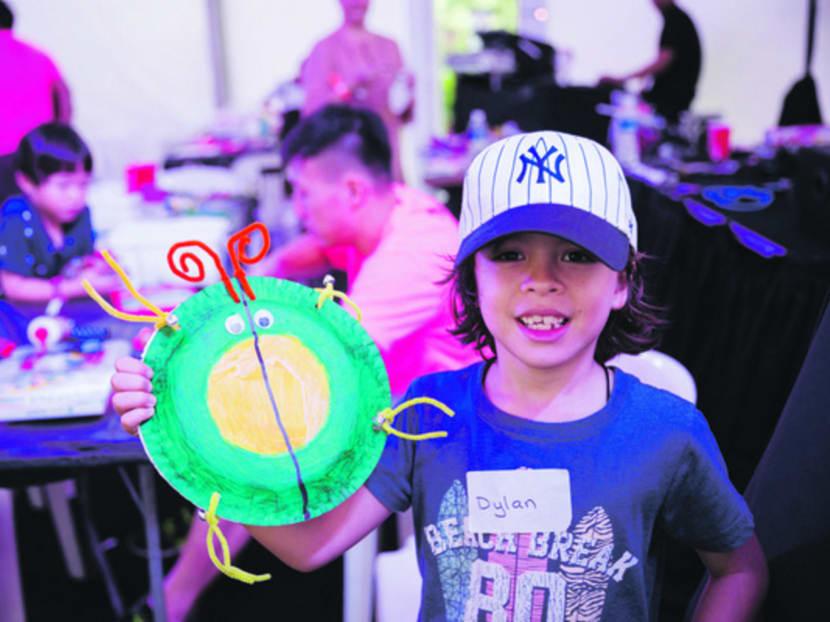
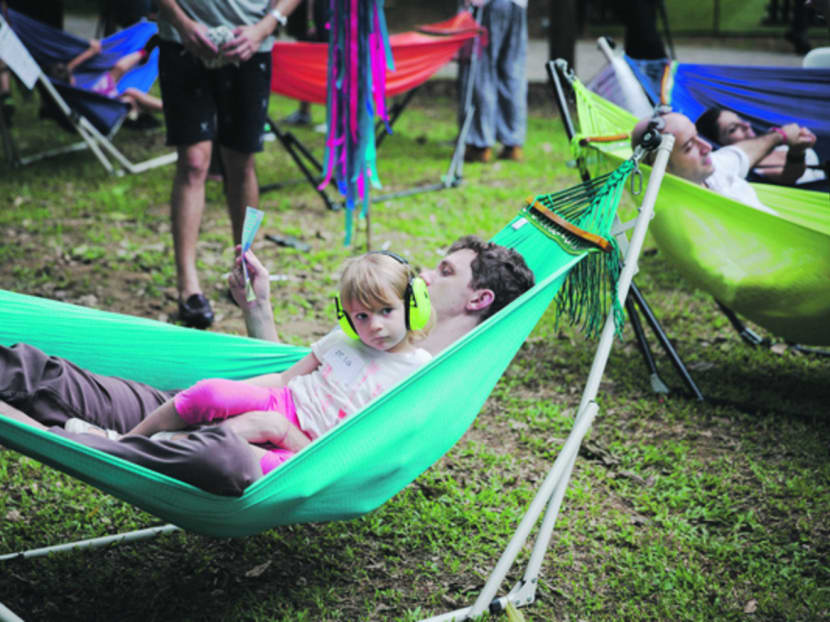
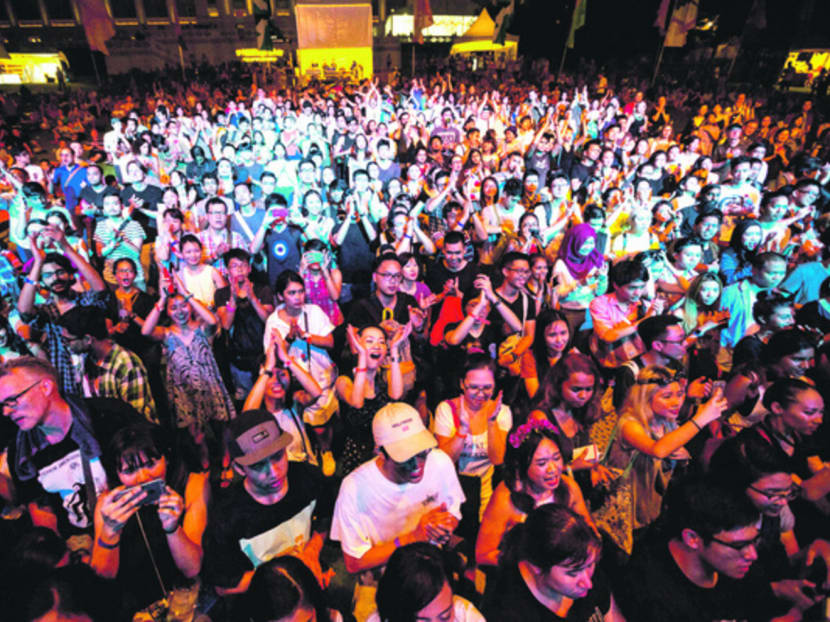
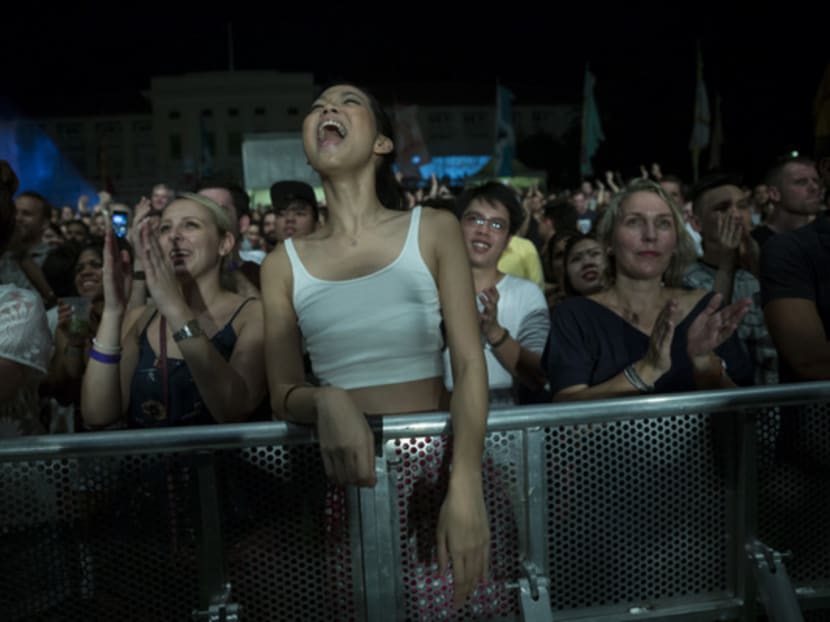
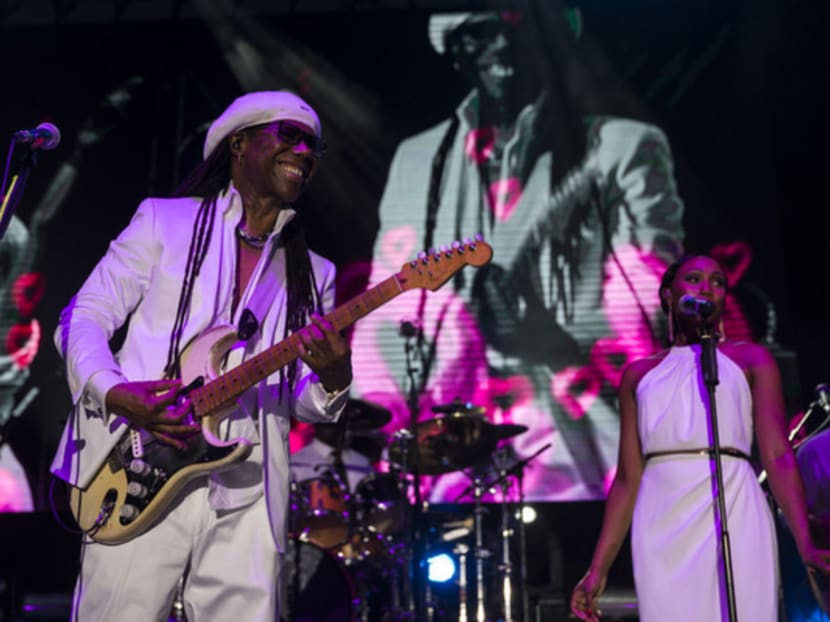
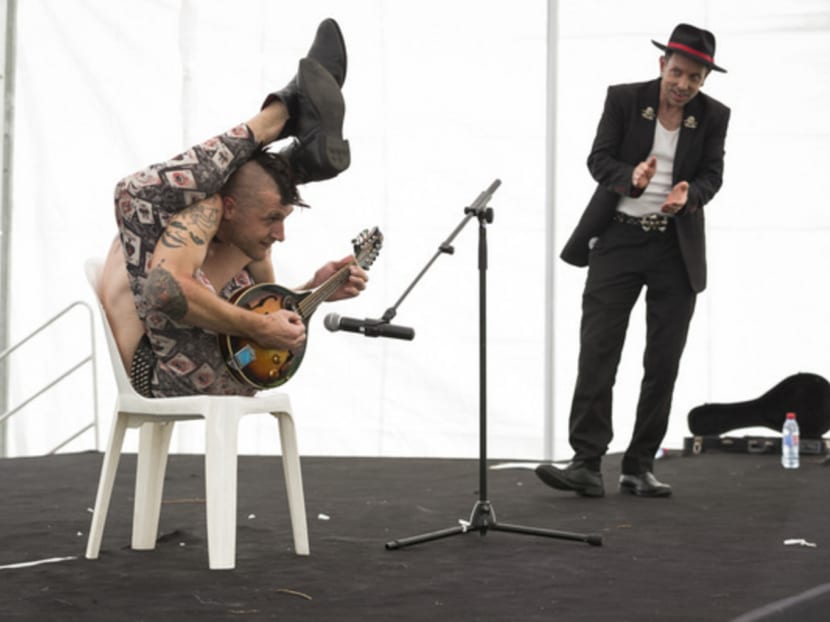
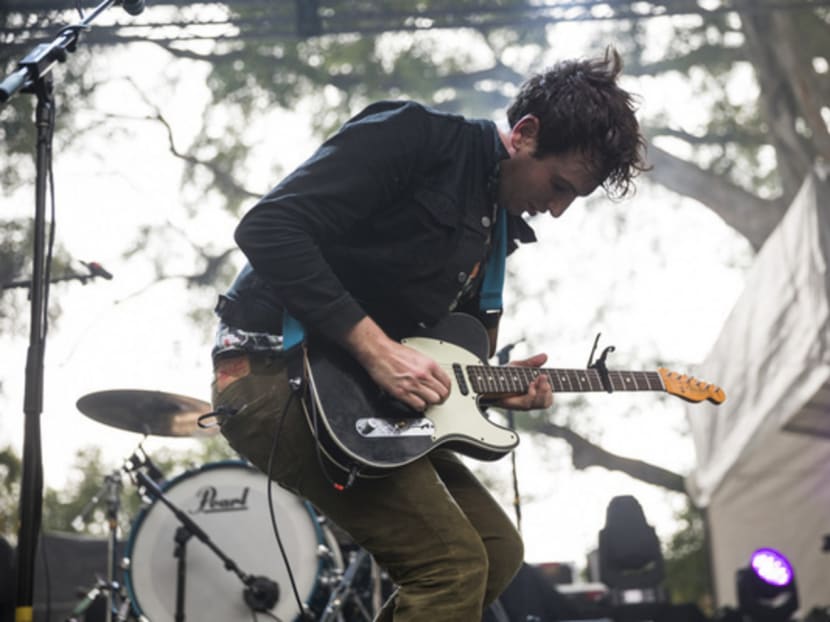
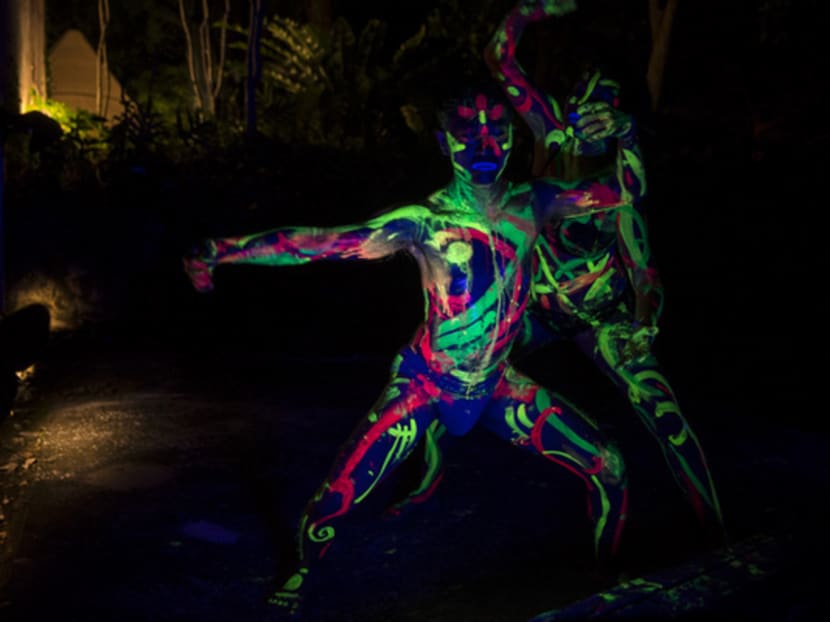
It’s 4pm on a Sunday afternoon, and Day Two of the inaugural Neon Lights festival is in full swing. Most of the crowd is huddled in front of the Neon Gardens Stage, or the Neon Lights Stage, where the major music acts are taking place. Munching on festival chow with a beer in hand, they seem oblivious to the other offerings the festival has laid out for them.
Two 16-year-old girls who only want to be known as Nicole and Vanessa told us they “are just here for the music”. The pair were looking forward to performances by London indie-rock band Gengahr and Australian electronic music production duo Flight Facilities. “Variety is important in a festival, but not for us. We’ll just camp out here at the stage,” Vanessa quipped.
A pity, because the two-day festival held at Fort Canning Park over the weekend had prided itself as being an enriching festival with diverse offerings, bringing together 140 international and local artistes, including 38 music acts, to celebrate the arts.
Besides the two music stages, the Club Minky tent featured cabaret, circus sideshows, acrobatics and comedy acts. Its Lit Up tent presented readings and panel discussions by more than 40 acclaimed poets and authors, including London poet and Forward Prize shortlist nominee Karen McCarthy Woolf and Australian poet and Central Coast Poet of the Year Verna Rieschild.
Kid-friendly activities were available at the Cloud Factory tent, where children were engaged in workshops teaching them how to make wearable art or play musical instruments.
The festival’s music line-up was also a wide-ranging mix of music genres — from Scottish post-rock quintet Mogwai to Irish experimental folk singer SOAK to Kiwi synth-pop siblings Broods, American hip-hop duo Blackalicious and British rock band Ride. Added into the mix were “mainstream” crowd pleasers such as American singer-songwriter Rachael Yamagata and Irish singer-songwriter Damien Rice.
But did having such a mishmash of themes and genres really work?
When TODAY popped by the Lit Up tent, for example, the turnout seemed, well, lacklustre, despite the big names hailing from the literary scene, with only a handful of attendees each session. It goes to show that music lovers aren’t necessarily lovers of the written word.
Mixture seems to be the trend nowadays when it comes to festivals, though, with organisers keen on throwing in non-traditional themes. This year’s Singapore Writers Festival (SWF), for example, had a cross-genre programme featuring not only literature but music and film as well.
The formula had worked somewhat, with organisers of the SWF saying it drew slightly more people to its events during the week-long festival.
Organisers and performers of Neon Lights also felt that cross-genres would benefit festival goers.
Citing an “intertextuality”, or a link, between poetry and other art mediums, Rieschild told TODAY: “You’ll find poets often use music or visual graphics with their works. Musicians might use poetry. So there’s a lot of overlap between all the different areas of artistic expression.
“I think it’s great that people can decide to have a quiet moment with poetry and then they can go out and (party) and dance.”
Added Gengahr’s lead vocalist Felix Bushe: “I think it’s wonderful to have eclectic line-ups at festivals. It would be boring to see the same genre played out over a whole weekend.
“With multi-genre festivals, you can find something to suit your mood and hopefully discover new acts you didn’t even know you would enjoy until you experience it first hand,” he said.
Jennifer Jennings, producer and arts director of Neon Lights festival, added: “While Neon Lights is first and foremost a music-lovers festival, it’s also for people who are looking for something more — performance, workshops, installations, comedy, delicious food and other surprises, all combining to make one of the most nourishing, uplifting and maybe even inspiring weekends of the year,” she said, adding that it also introduces “significant numbers of new audiences to work they may never have otherwise seen”.
“If you set up this kind of environment, audiences become very playful, explorative and often come away very inspired. It’s actually a pretty tried and tested model within all the great music festivals from other parts of the world,” she added.
Still, we got the sense that many were drawn to Neon Lights mainly for the music, with other activities serving as an incidental bonus. Most praise the additional cultural and kid-friendly options, although they wouldn’t be making a beeline for those at the start.
Public servant Keith Kwan, 28, said he wanted to catch acts like The Field and Damien Rice. The price of the ticket is “pretty cheap and value-for-money” for the number of acts and other side activities offered in this festival, which was why he decided to come, he said.
Will he be popping by the Lit Up tent, for example, to catch some poetry reading? “I’ll be going there more for the air-con,” he replied with a laugh. “I don’t think people come here just for the other events, it’s mainly music plus something else,” he added.
Student Carol Wong, 18, who was at the festival with friends to catch acts such as SOAK and Japanese multi-instrumentalist Shugo Tokumaru, agreed. “We prioritise music gigs first, and then we’ll go check out the other stuff … when we have time.”
She added: “Such festivals are good, at least caters to families, unlike Laneway which is not as multi-faceted.” Indeed, the additional activities were a bigger draw for parents than for solo festival goers.
Teacher Lucy Soliman, 35, who was there with her two children aged between 7 weeks and 22 months, said she wanted to catch Ride, while her husband wanted to watch Blackalicious and UNKLE Sounds. “The gigs were what drew us in, but because it was kid-friendly, it was a plus point. It meant we could come.” She was referring to the activities at Cloud Factory, for example the hammocks beside the tent where parents could take a breather.
Marketing director Tom Wells, 35, who was at Cloud Factory on Saturday with his wife and two children, said they wanted to catch British electronic music producer Mr Scruff. “It’s my wife’s birthday so we wanted to go somewhere where we could have family time for some of the day, and then where my wife and I could have some fun later and have a bit of a dance,” he said, but added that they “probably wouldn’t have gotten the tickets if there wasn’t stuff for kids to do”.
Jennings added that organisers were hoping to attract a greater diversity of festival goers, including a “real mix of ages, nationalities and interests”.
Numbers show they have been quite successful, with about 10,000 attendees across the two days. That was “roughly in line with our projections for year one, so we’re happy with that”, said Declan Forde, the festival’s managing director.
Ultimately, while having diversity in a festival is more a boon than a bane, there’s still some way to go before organisers can expect festival goers to break out of their mini ghettos to enjoy a festival in its entirety.





